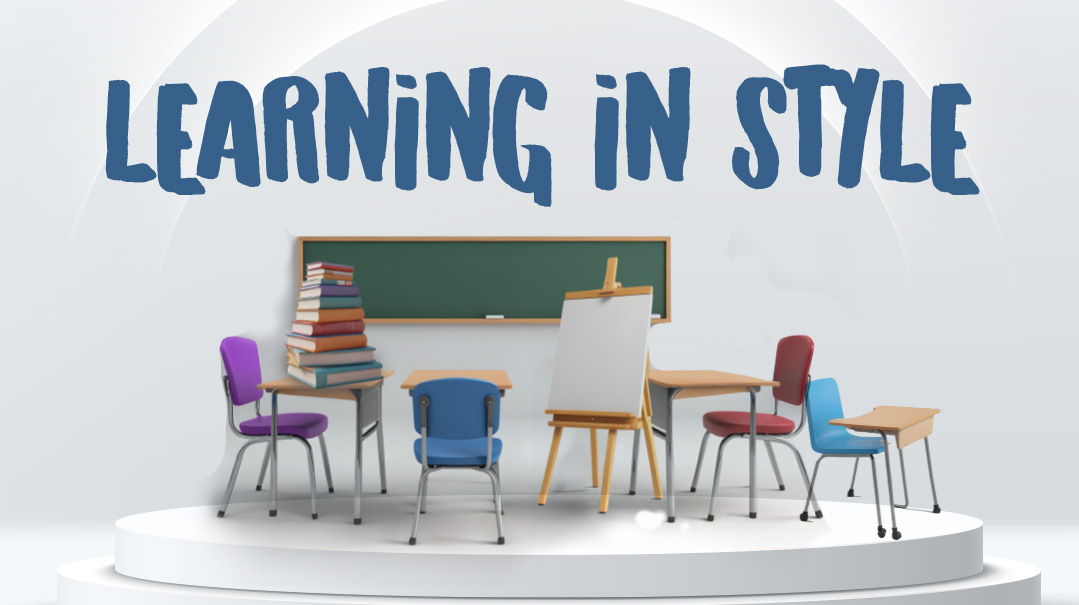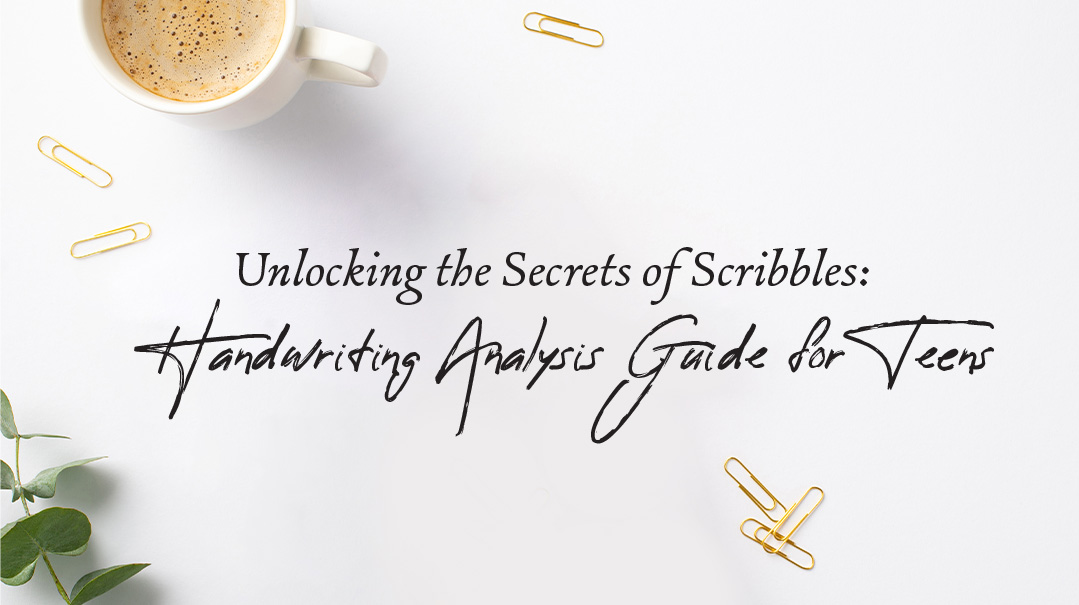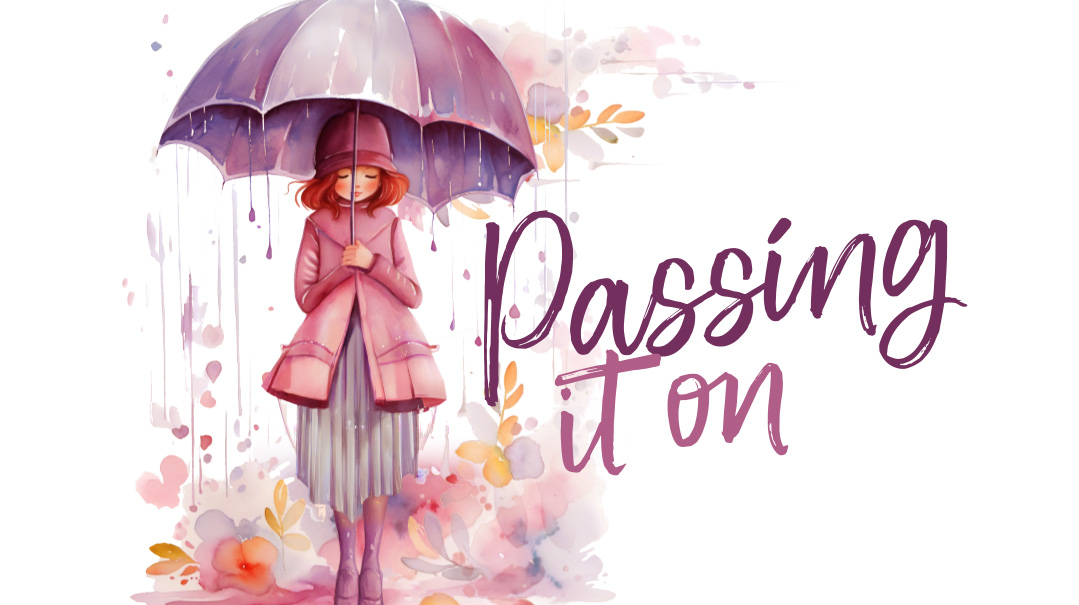Study Methods
| January 9, 2024I’ve taken a poll from 69 — yes, 69, not 70 or 71 — high schoolers to see what their go-to study method is

Midterms are around the corner, or maybe they are already here, and your stress levels are rocketing toward Mars.
So, I’ve taken a poll from 69 — yes, 69, not 70 or 71 — high schoolers to see what their go-to study method is. But which one is the most effective, according to science? And which one should you incorporate into your study routine? That’s what I’m going to find out.
The Poll
I’m not a high schooler, haven’t been so in a couple of years. Dressing up as a student seemed promising, but I knew my cover would be blown as soon as attendance was taken. Luckily, I have high school cousins, and after a quick phone call and a text with a list of the most common study methods, I let them take over.
A lot of you, 31.9% (or 22 people) to be exact, responded that you cram before a test! Which is not surprising since I did that too, so I guess if we’re counting my study habits, I polled an even 70. But is cramming the best method? It was time to hit the books.
Research
Turns out, while the majority of my pollsters are fans of the caffeine-fueled cram session, science doesn’t agree with that method. The brain likes to take its time to digest knowledge, making what’s called “distributed practice” the queen of study strategies. This means studying in short sessions over a long period of time. In fact, there are a lot of really common study habits that have proven to be not so great. These include:
What to Do
Researchers have found that reviewing in mass doesn’t help students retain their knowledge; it actually hinders the learning process in the long run. Going through the material in short, focused spurts, however, leads to long-term gain, as it’s easier for the brain to retrieve information since it’s already practiced storing and un-storing the information.
Create pretests: Create quizzes and test yourself on the material before the actual exam arrives.
Spaced-out sessions: Focus on one topic for a short time (1-2 hours) instead of cramming. Using flashcards is a great tool. Put the cards you get wrong in a separate pile so that you can retest yourself.
Paraphrasing and rephrasing: Look at header text or a topic in your notes, paraphrase it, and then summarize it in your own words to help yourself absorb it.
Alternating topics: When learning two or more related topics, alternate your learning. This especially works well in math (for example, alternate between division and multiplication problems).
Practical Tips
All right, so now that you know the best study methods, how can you incorporate them into your routine? Here are some helpful tips to get you started.
Become a quizmaster
Ditch the highlighters and start testing yourself. Make it a game minus the buzzer. This would be super fun to do in a group study session or, if you are competitive, with the clock.
Space invaders
Get yourself a planner and plan out those study sessions. Nothing crazy, just 15-minute intervals starting a week or two before a test.
Mix it up
Toss your subjects together like a salad. Mix flashcards from math, science, navi, and history, or do short bursts of each subject in a day.
Question everything
Be that annoying girl. You know, the one who asks “why” all the time. Why does E=mc²? Why couldn’t Dovid Hamelech build the Beis Hamikdash? Engaging with the material helps your brain retrieve and remember better.
Draw it out
You’re not a question-asker. No problem, combine words with doodles. Stick figures, flowcharts, whatever floats your boat, so long as you are engaging.
(Originally featured in Cozey, Issue 994)
Oops! We could not locate your form.







